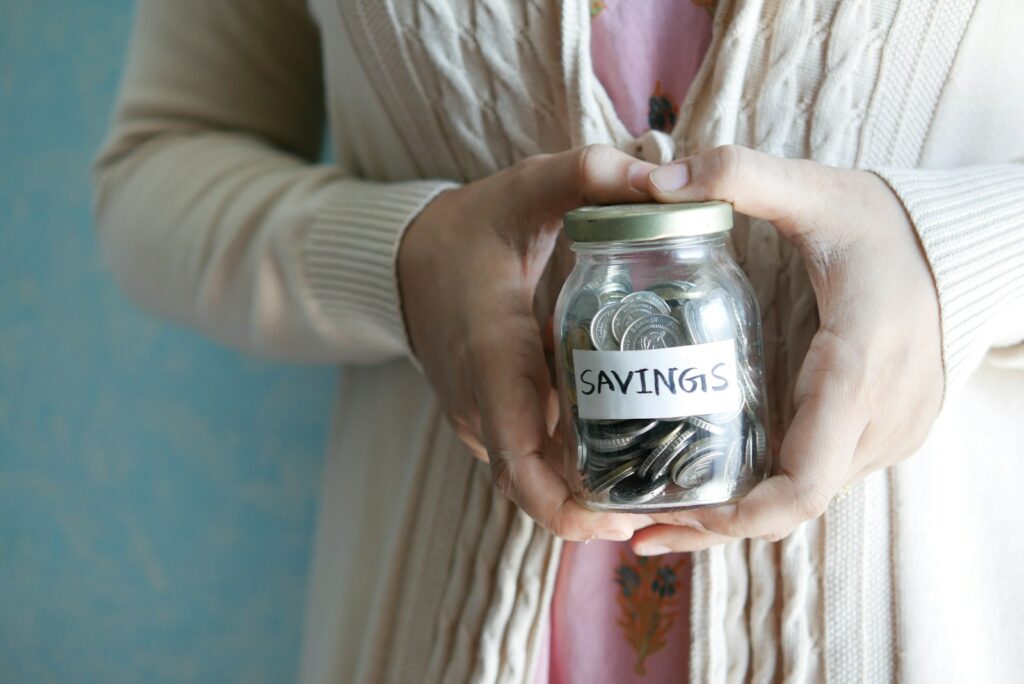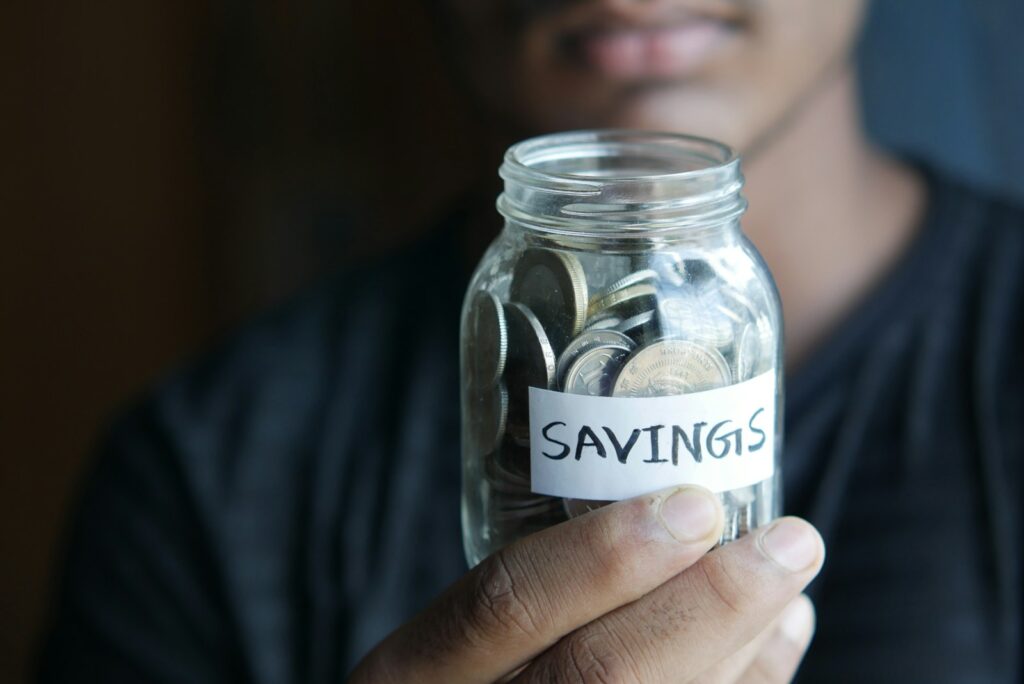Emergency savings sound like something for later. It’s easy to put off—especially when money’s tight or you’d rather enjoy it now. But when life throws you a curveball, a rainy-day fund is what keeps stress from turning into panic.
The good news? You don’t have to give up everything fun to build it. With a few smart shifts, you can save money and still enjoy your life while doing it.
A rainy-day fund is a small emergency cushion for unexpected but minor expenses. Think car repairs, a surprise medical bill, or a last-minute flight to visit family. It’s different from a long-term emergency fund, which is bigger and meant to cover major setbacks like job loss.
Most people aim to save between $500 and $2,000 for rainy-day expenses. It’s enough to handle the unexpected without reaching for a credit card every time life happens.
How to Build It Without Sacrificing Everything
You don’t need to save $1,000 overnight. You just need to start. Even five or ten dollars a week builds momentum. If you save $10 a week, you’ll have over $500 in a year. If you find an extra $25 a week, that’s $1,300.
Make it automatic if you can. Set up a weekly transfer to a savings account. You won’t miss money you never see in your checking account.
Keep your rainy-day fund in a separate savings account. This helps prevent accidental spending. You can open one with no fees at most banks or credit unions. Some people even nickname it “Do Not Touch” or “In Case of Emergency” in their banking app to stay focused.
The goal is to make the money easy to access—but not too easy. If you can’t get to it with one click, you’re less likely to dip into it for everyday wants.
Where to Find the Money
You don’t need a raise to start saving. Look at your current spending and find places to trim without cutting the fun entirely.
Start with:
- Streaming services: Cancel one for a few months and rotate them.
- Subscriptions: Drop anything you don’t use weekly.
- Takeout: Swap one night out for a home-cooked version.
- Grocery extras: Shop with a list and avoid “just in case” snacks.
- Impulse buys: Set a 24-hour rule before buying anything not on your list.
You don’t need to cut everything. Just trim back where you won’t feel it much.
Saving money doesn’t mean sitting at home doing nothing. It just means spending smarter. Trade expensive habits for free or cheap alternatives. Instead of dinner out, host a potluck. Trade movie nights at the theater for streaming at home. Choose one fun thing a week and make it budget-friendly. Free concerts, park days, library events, or game nights all keep things social and fun without costing much.
When you focus on swapping—not cutting—you stay motivated and less likely to burn out.
Boost Your Fund with Spare Change and Windfalls
Apps that round up your purchases and move the difference into savings can make a big impact over time. Every time you spend $2.75, they move 25 cents to your savings. You won’t notice it—but your rainy-day fund will.
You can also toss spare change or small bills into a jar at home. It may seem old-school, but it works. A handful of coins a day turns into real cash after a few months.
Any time you get extra money—a tax refund, cash gift, rebate, or side hustle payment—treat it like found treasure. Enjoy part of it, but save part too.
Try a simple split: 50 percent to savings, 50 percent for fun. You’ll still enjoy the bonus, but you’ll also get closer to your rainy-day goal without touching your regular income.
Keep Going, Even When It’s Hard
Saving money doesn’t feel exciting at first. But every hundred dollars in your rainy-day fund is a win. It’s peace of mind. It’s one less thing to worry about.
Track your progress. Use a chart, savings app, or simple checklist. Celebrate milestones by doing something fun—something small but meaningful. Positive reinforcement helps make saving a habit, not a chore.
There’s never a perfect time to save money. There will always be bills, birthdays, or reasons to delay. But building a rainy-day fund isn’t about having extra money—it’s about protecting the money you already have.
Start with what you can. The amount matters less than the habit. Once it’s part of your routine, it gets easier.
You don’t have to choose between saving and living. With a few smart moves, you can build a rainy-day fund while still enjoying your life.
Cut what you won’t miss. Swap where you can. Save small amounts often. Celebrate the progress. In just a few months, you’ll have a cushion that helps you breathe easier when life gets messy.
Because fun is better when it’s stress-free—and savings make that possible.







